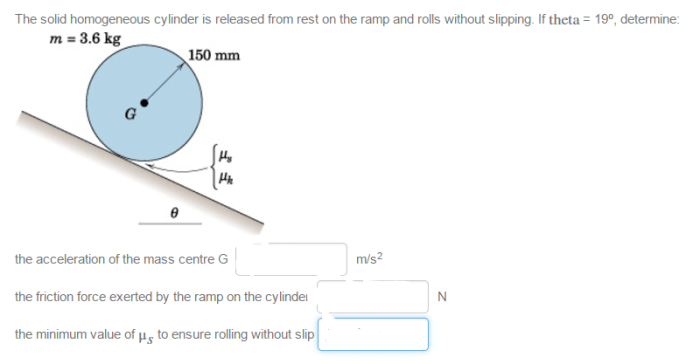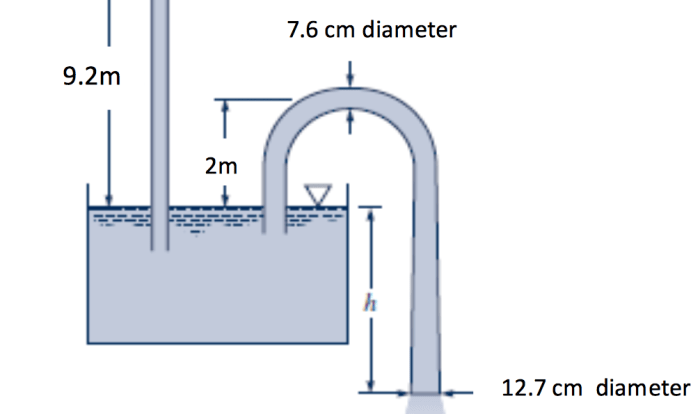Embark on a journey of electrostatic exploration with our comprehensive Coulomb’s Law Practice Problems Answers Key. Dive into the fundamentals, solve intricate problems, and witness the practical applications of this cornerstone principle in the world of physics.
From the basics of charge interactions to advanced concepts like Gauss’s law, this guide empowers you to tackle Coulomb’s Law challenges with confidence. Prepare to unravel the mysteries of electrostatics and deepen your understanding of the forces that shape our universe.
Coulomb’s Law Practice Problems: Coulomb’s Law Practice Problems Answers Key
Coulomb’s law is a fundamental law in electrostatics that describes the force of interaction between two charged particles. It states that the force between two point charges is directly proportional to the product of the charges and inversely proportional to the square of the distance between them.
Coulomb’s law has numerous applications in real-world scenarios, including the design of capacitors, batteries, and electrical circuits. It also plays a crucial role in understanding the behavior of charged particles in various physical phenomena, such as lightning, the aurora borealis, and the operation of particle accelerators.
Practice Problems
- Two charges of +2 μC and4 μC are separated by a distance of 10 cm. Calculate the force between them.
- A proton and an electron are separated by a distance of 10-10m. Calculate the force between them.
- A capacitor has two plates separated by a distance of 1 mm. The plates have charges of +10 μC and10 μC, respectively. Calculate the force between the plates.
Solution Key, Coulomb’s law practice problems answers key
- F = 36 N
- F = 2.304 × 10-8N
- F = 9 × 10 3N
Examples and Applications
- Coulomb’s law is used to design capacitors, which store electrical energy in an electric field.
- It is also used to calculate the force between charged particles in batteries, which convert chemical energy into electrical energy.
- In physics, Coulomb’s law is used to explain the behavior of charged particles in electric fields, such as the motion of electrons in a cathode ray tube.
Helpful Answers
What is Coulomb’s Law?
Coulomb’s Law quantifies the electrostatic force between two charged particles. It states that the force is directly proportional to the product of the charges and inversely proportional to the square of the distance between them.
How can I use Coulomb’s Law to solve problems?
To solve Coulomb’s Law problems, determine the charges involved, calculate the distance between them, and apply the formula F = k – q1 – q2 / r^2, where F is the force, k is Coulomb’s constant, q1 and q2 are the charges, and r is the distance.
What are some real-world applications of Coulomb’s Law?
Coulomb’s Law finds applications in various fields, including electrical engineering (capacitor design), physics (particle accelerators), and chemistry (ionic bonding).

